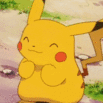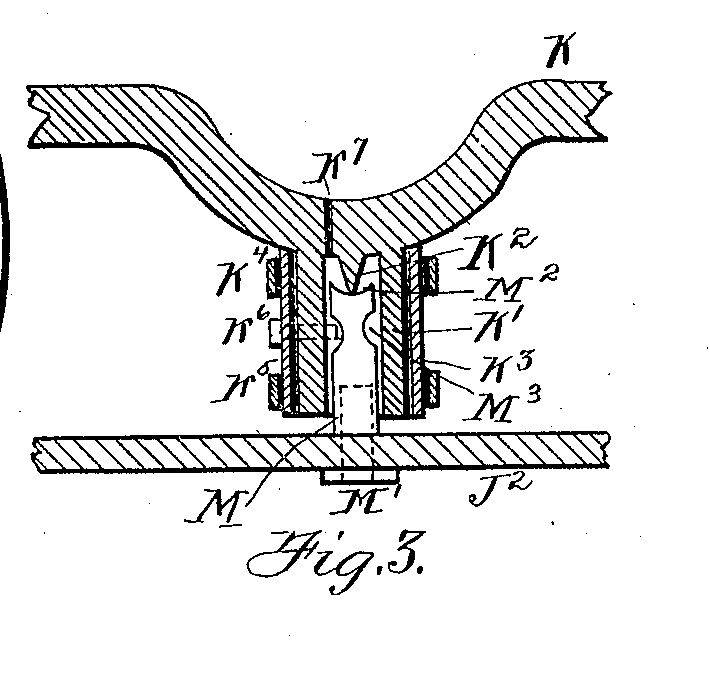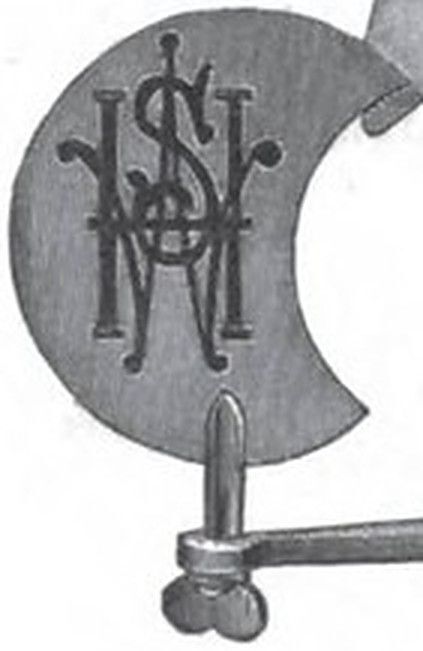Leaderboard
Popular Content
Showing content with the highest reputation on 11/24/2022 in all areas
-
In distant past posts there was like a holy fear of excess use of toilet bowl cleaners and the like on brass. Some would only do this or that for only so long in fear or caution of this or that. Brass is an alloy and using potent chemicals like Muriatic acid is not only bad for your health, but will literally eat into metal. FWIW......I have a parts cleaner I favor that I let my brass soak in for a day or so to eat through years of patina and will with more time dissolve lacquer. I have left brass in the parts cleaner for extended periods of time simply because it slipped my mind. It did not dissolve or become damaged. Areas turned pink on the brass as the solvent had an effect on the surface of the alloy due to extended exposure. I took it to a buffing wheel and polished it out and bye bye pink. In a nutshell, the brass is a soft alloy, yes, it is, but just because you overdue something a tad with your TY D Bowl cleaner doesn't mean you are going to kill it. 🙂 Just be careful about your health when using these chemicals.2 points
-
2 points
-
1 point
-
Nice finds and acquisitions! I don’t know their origin, but may I hazard a guess ? They could be pre-WW2 German, but Germans had a tendency to proudly label, number, and trademark their motors. Could even be Polish, Czech, or obscure USA “student motors”. That crude but industrial/functional styling is oft used as instructional motors in early to mid 20th century classrooms ; or electrical correspondence schools. When I find one like that , I first test run on low volt DC and simply see if it runs. If not , I try and VOM meter the connections and LIGHTLY clean contacts. I prefer to retain much of the original build parts, windings, and colors as practicable (because that’s the way someone originally built it). Series wound, shunt wound, compound wound can get fascinating. When I was a kid , brand’s like REMCO and Aristocraft etc from the 1940’s to 1970’s had kits where kids, students, and vocational classes could construct, wind, and run small motors. Welch Scientific and Cenco had a few nicer models. Gilbert even had an early 1900’s kit version of their battery DC motors that could be assembled and of course they showed putting a fan blade on it (the fan could be used to push air and “fly” a tethered paper airplane for impressive effects). Nowadays almost all build-it-yourself educational kits are from PRC China . Once they run, you gotta make it do some kind if work, fan blade shows and feels like its complete. Comic book ads in the 1950’s had much enticements for kids to power-up and learn electro-motive forces.1 point
-
1 point
-
I don't know how many furniture lovers we have in the AFCA but here's a cabinet you might appreciate. Back in early October, I was checking out Craigslist and saw this piece of furniture that caught my eye. I thought about it for a while and then passed as my wife has put a moratorium on my bringing home any more furnishings. About a month later, this piece was still on CL so I inquired if it was still available. The owner replied that it was, so I talked to my boss here at work and showed him the piece. I mentioned that I was going to purchase it and wanted to put it in the museum. I said that we could put fans in it and he said that was fine. The next day I grabbed my son and another person and went over to check it out. Other than a few nicks and scratches it was in remarkable shape for a thirty year old cabinet. I had to ask why he wanted to get rid of such a nice piece of furniture and he said it had belonged to his ex-wife. She had moved out a few years earlier and said she didn't want it anymore. He said he was tired of it taking up so much room and wanted it gone. He also said that while he had received a couple of inquiries, no one was serious about taking it until I showed up. I felt his asking price was ridiculous but I paid it anyhow. Then I thought about it and I doubled it. We went to work and disassembled the top from the lower cabinets and then loaded the three heavy pieces into the truck. Once back at the museum, we chose a spot and reassembled it. After getting it leveled, I cleaned it up a bit and did some touchup on the spots needing it. It now holds fans that are for sale to visitors. Say hello to the newest addition to the Museum. Best $200 I've ever spent....It's from The John Widdicombe Furniture Co. of Grand Rapids and was part of their 'Russian Collection'. My wife came over to see it and said it looks nice right where it is.....Now if I can only figure out how to get it home someday.1 point
-
1 point
-
1 point
-
You're overthinking it. The top section that rotates with the fan motor mounted is sleeved to fit over the rod mounted to the lower section (rod dished on top) like an Emerson rotor slides on to the hardened steel shaft. Notice the recessed area of the rod and the screw (K6) that is turned in to the recess to secure the rotating upper section on the pin. The sleeve fitted over the rod keeps the rotating upper section with fan mounted on it level and secure while it spins. The machined metal point integral with the rotating upper section seated on the DISHED top of the rod seen under K7 is supporting the load of the upper rotating section and fan motor. This is where the upper section rotates with minimal resistance due to the minimal load bearing metal contact between the upper section point resting on the DISHED area of the rod mounted the lower section.1 point
-
1 point
-
1 point





















